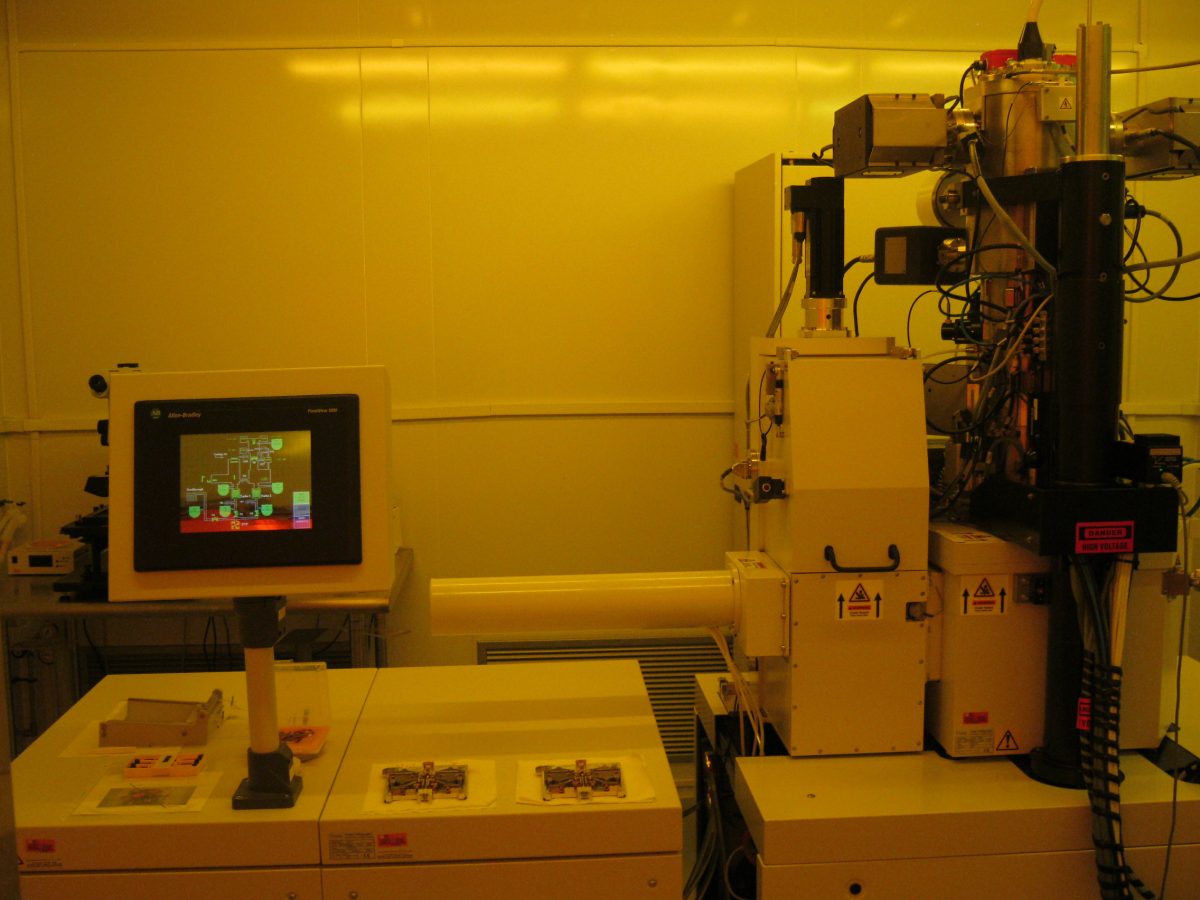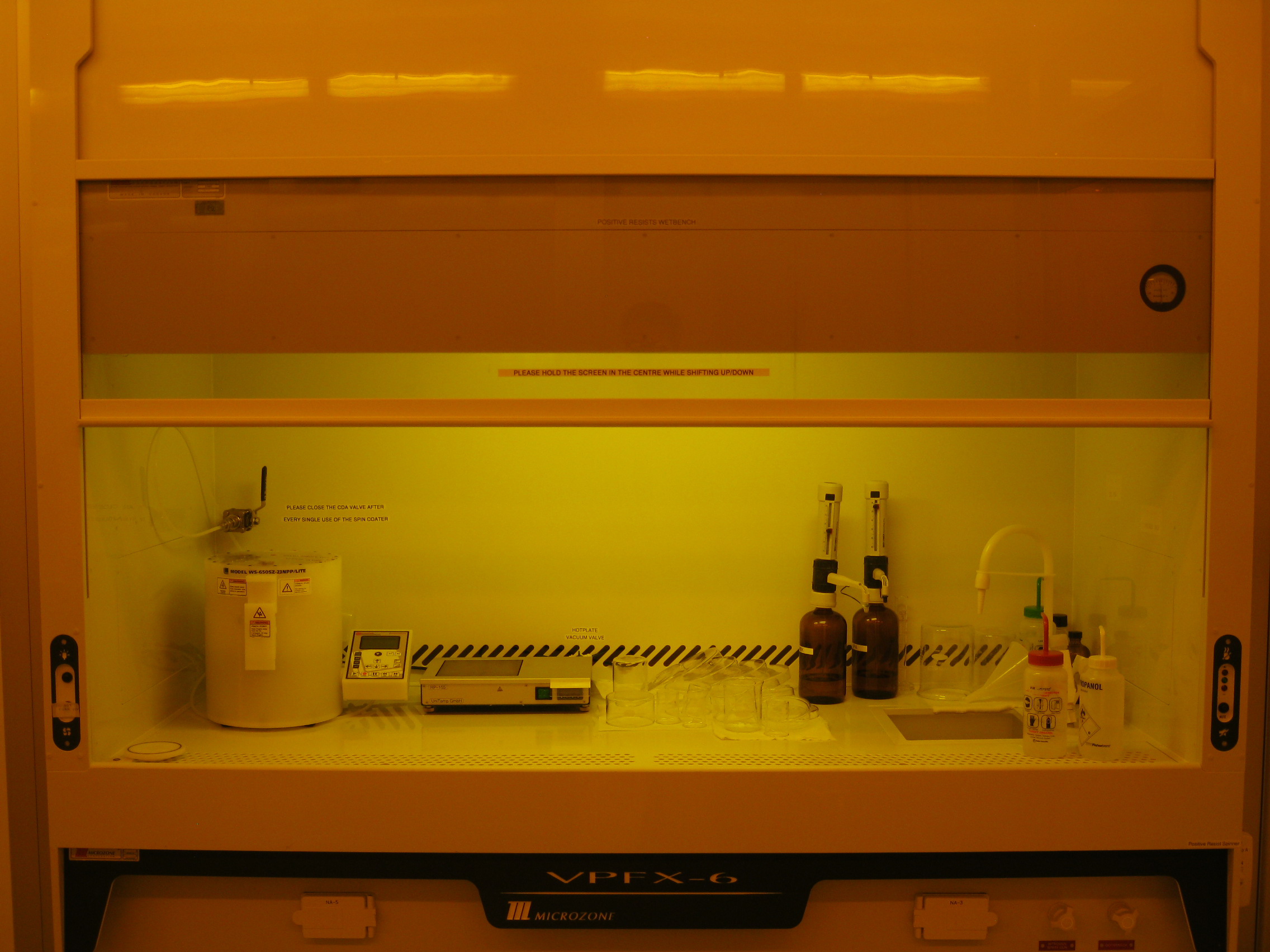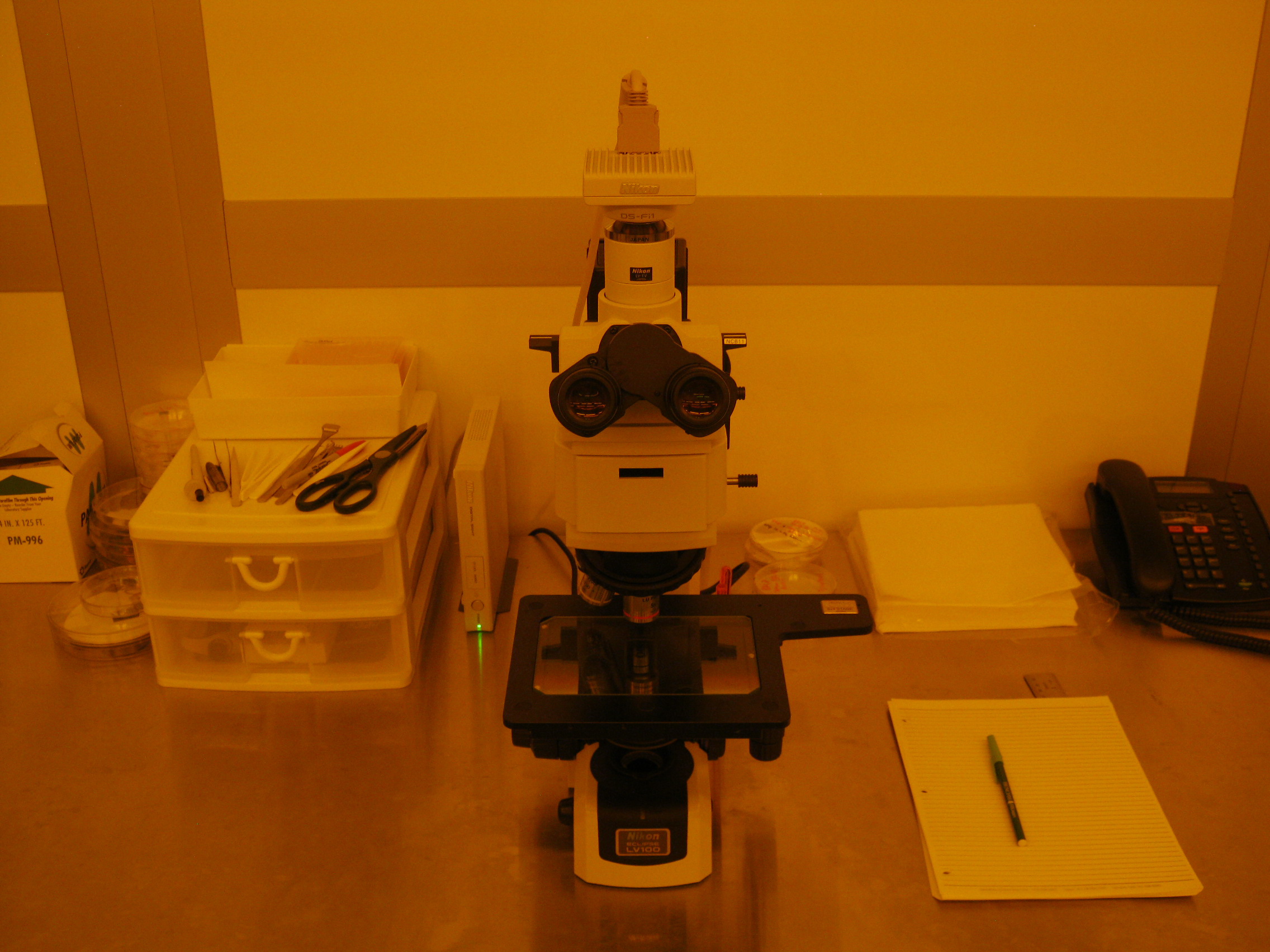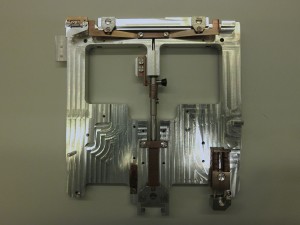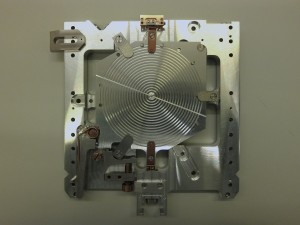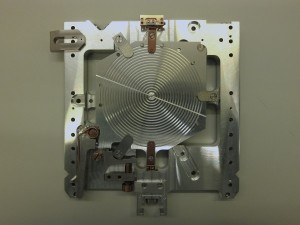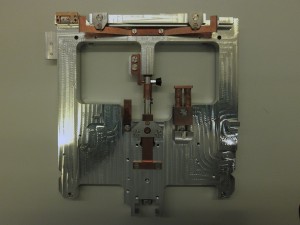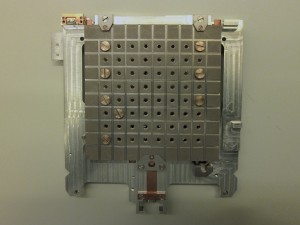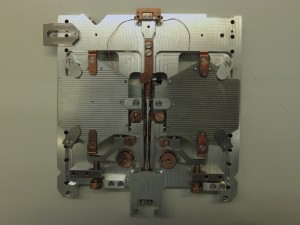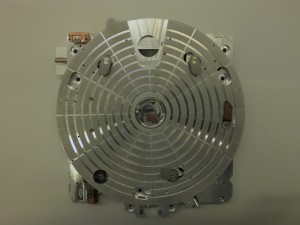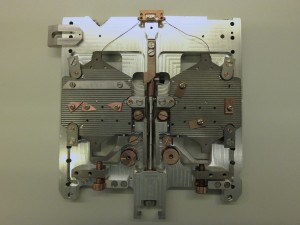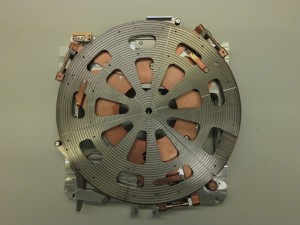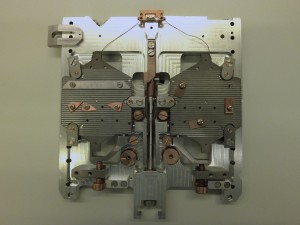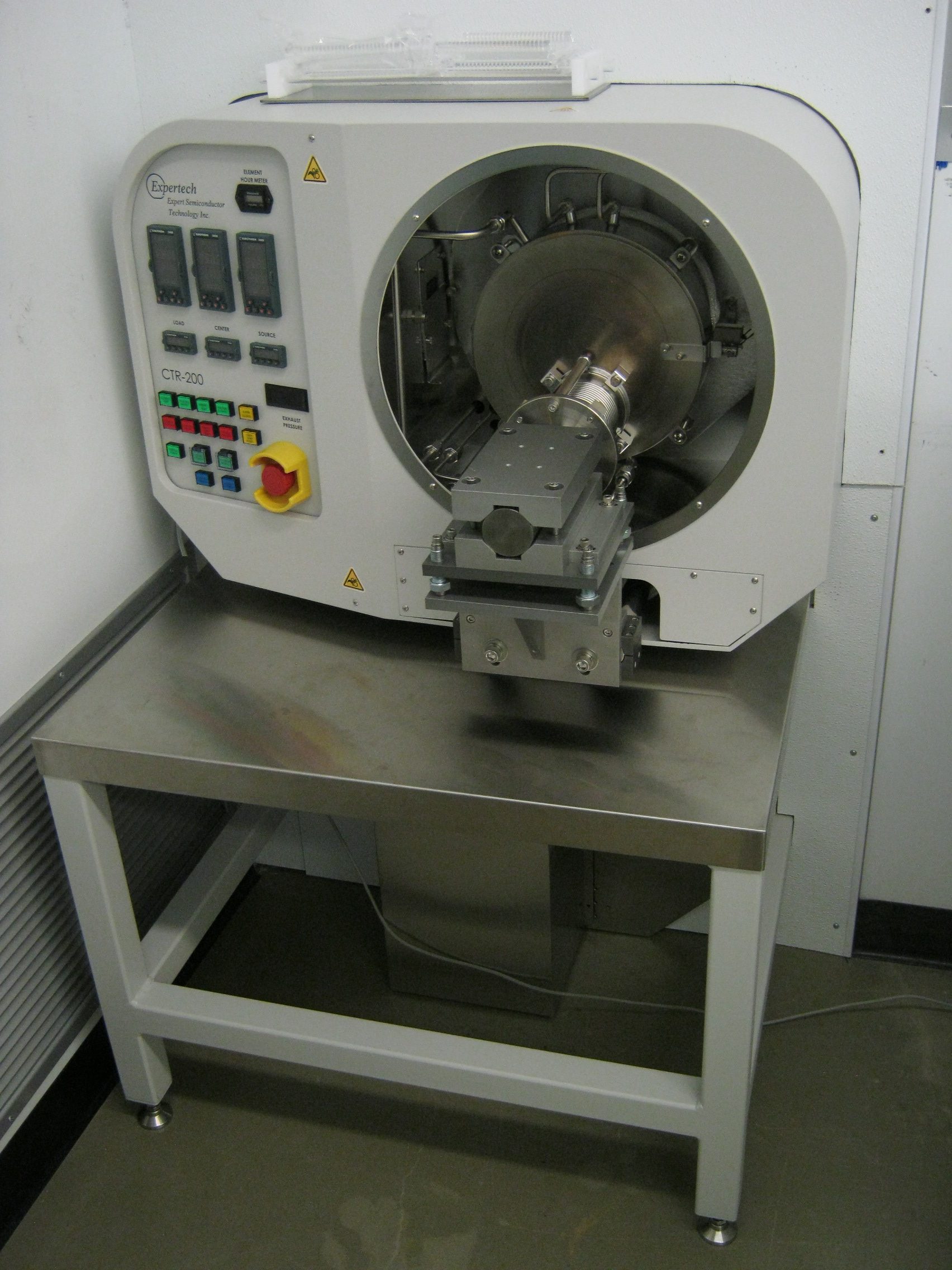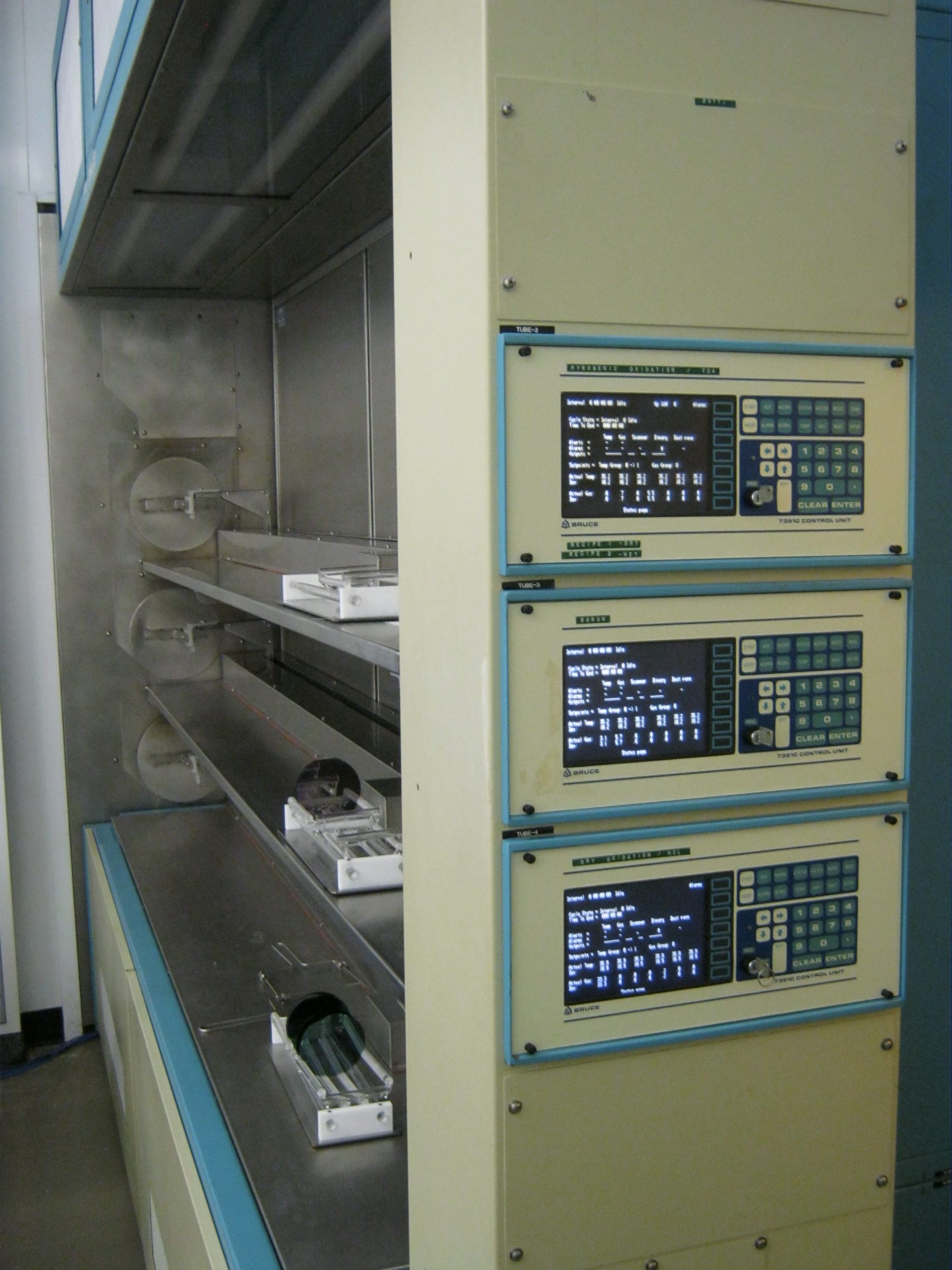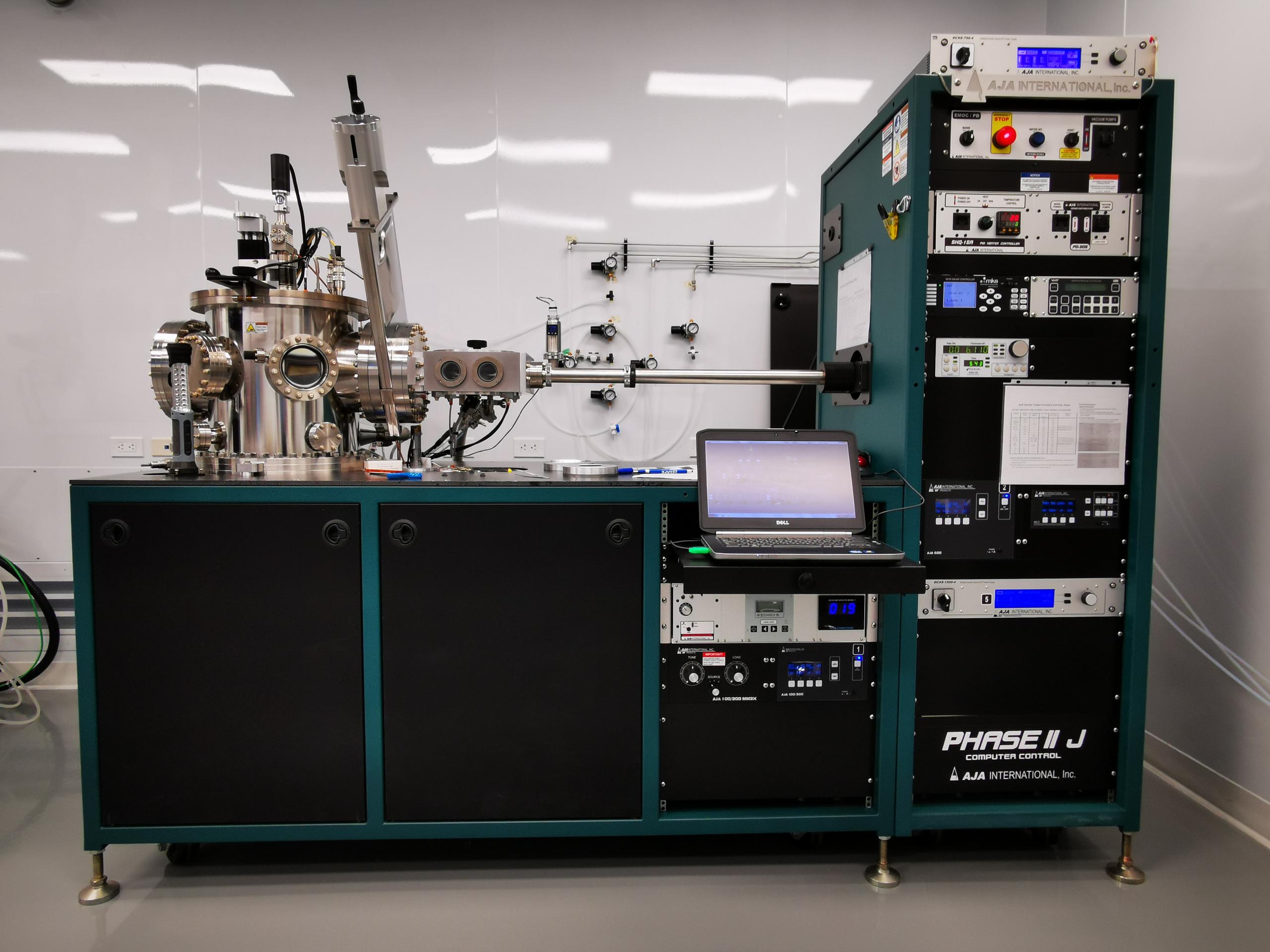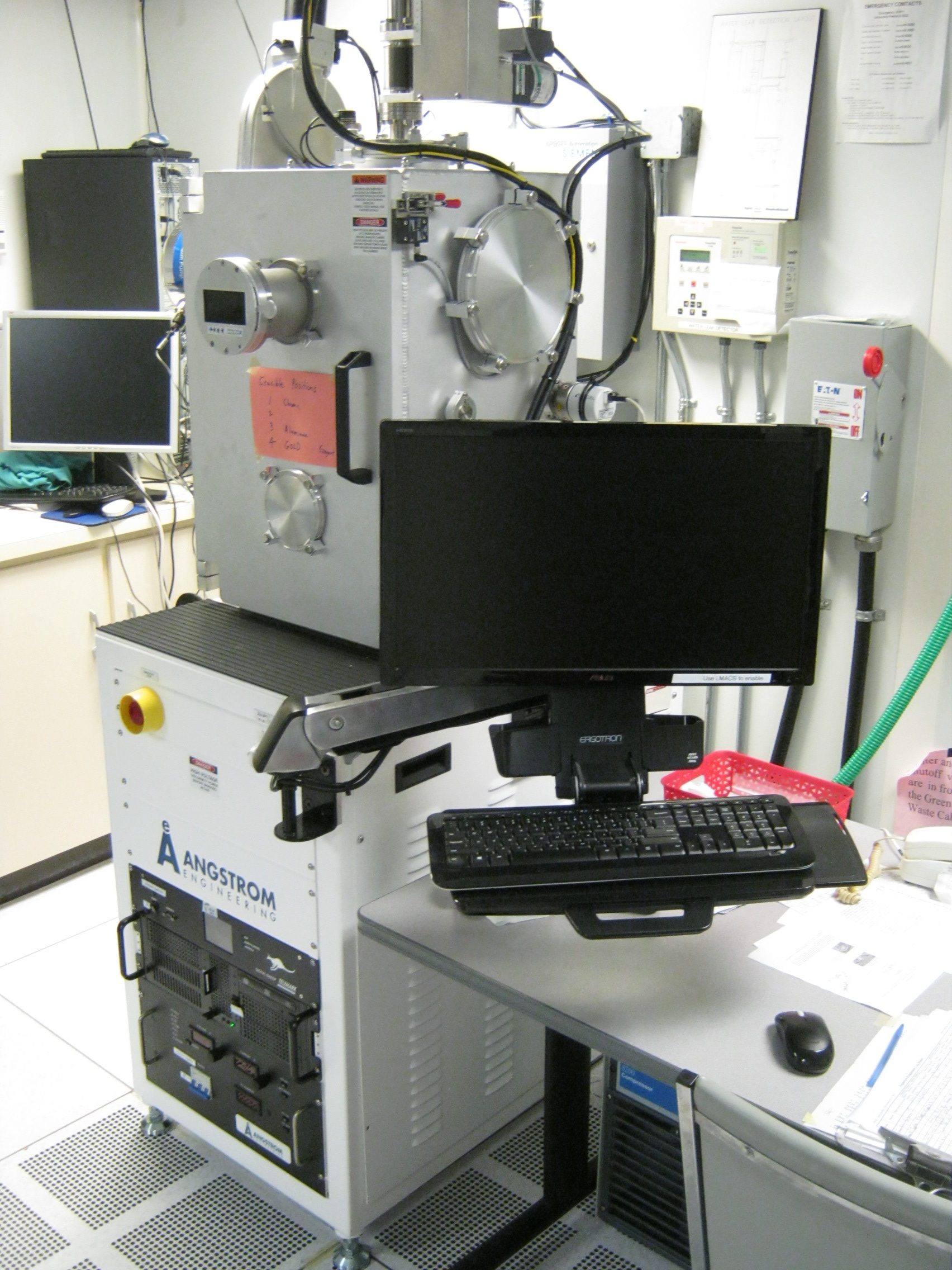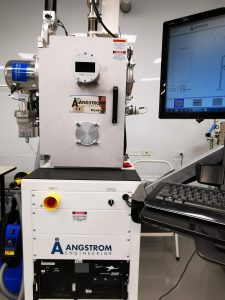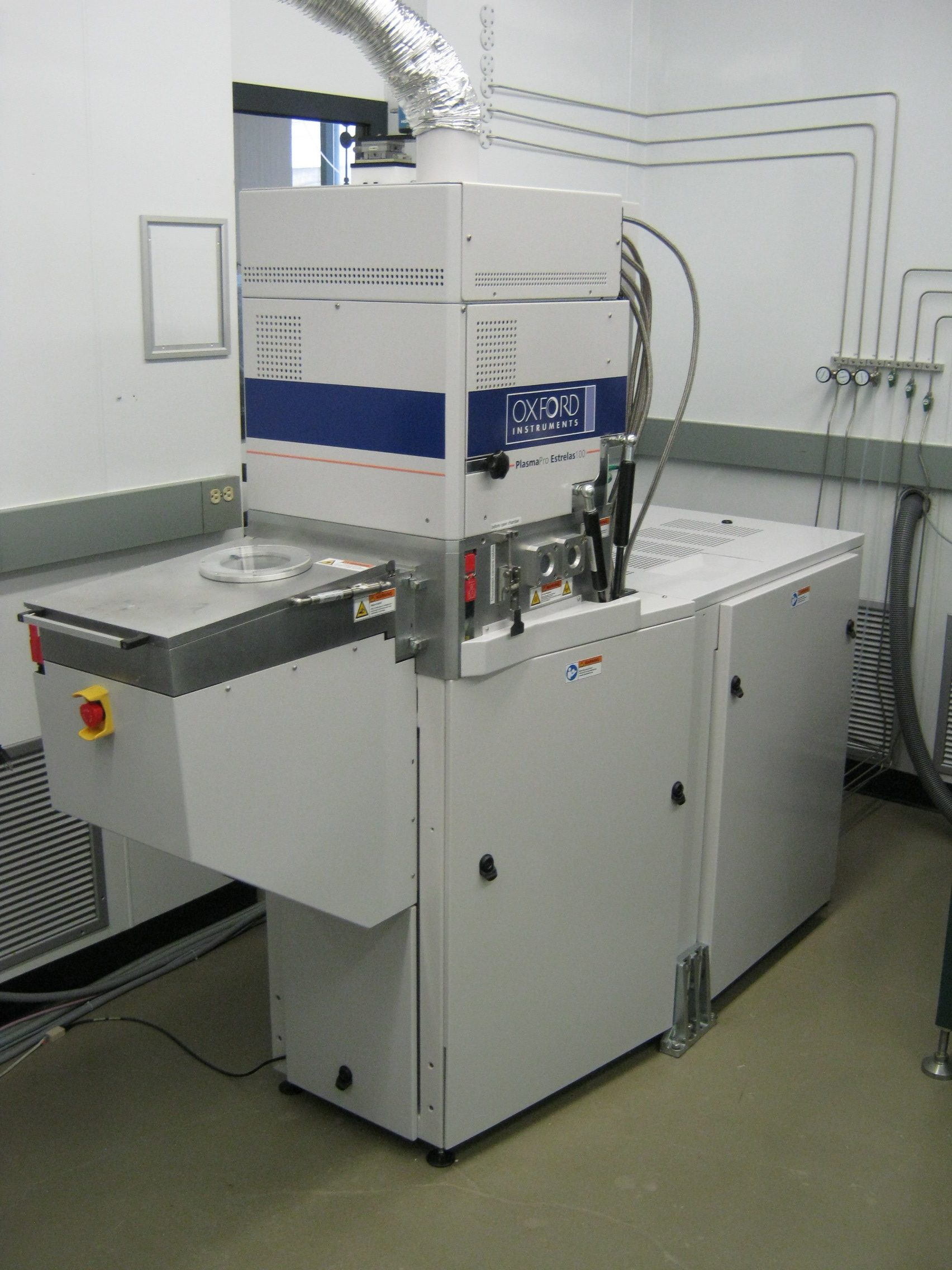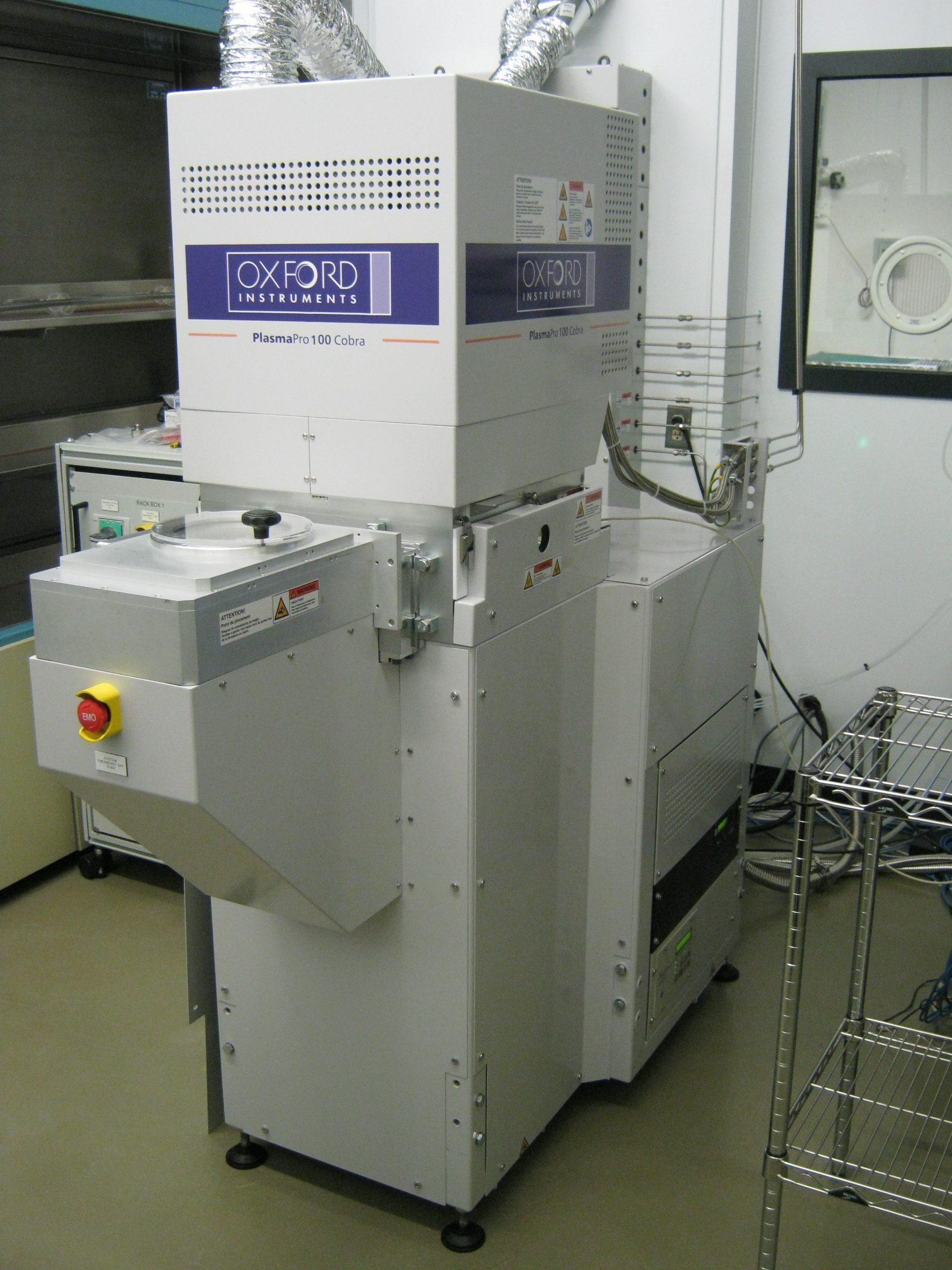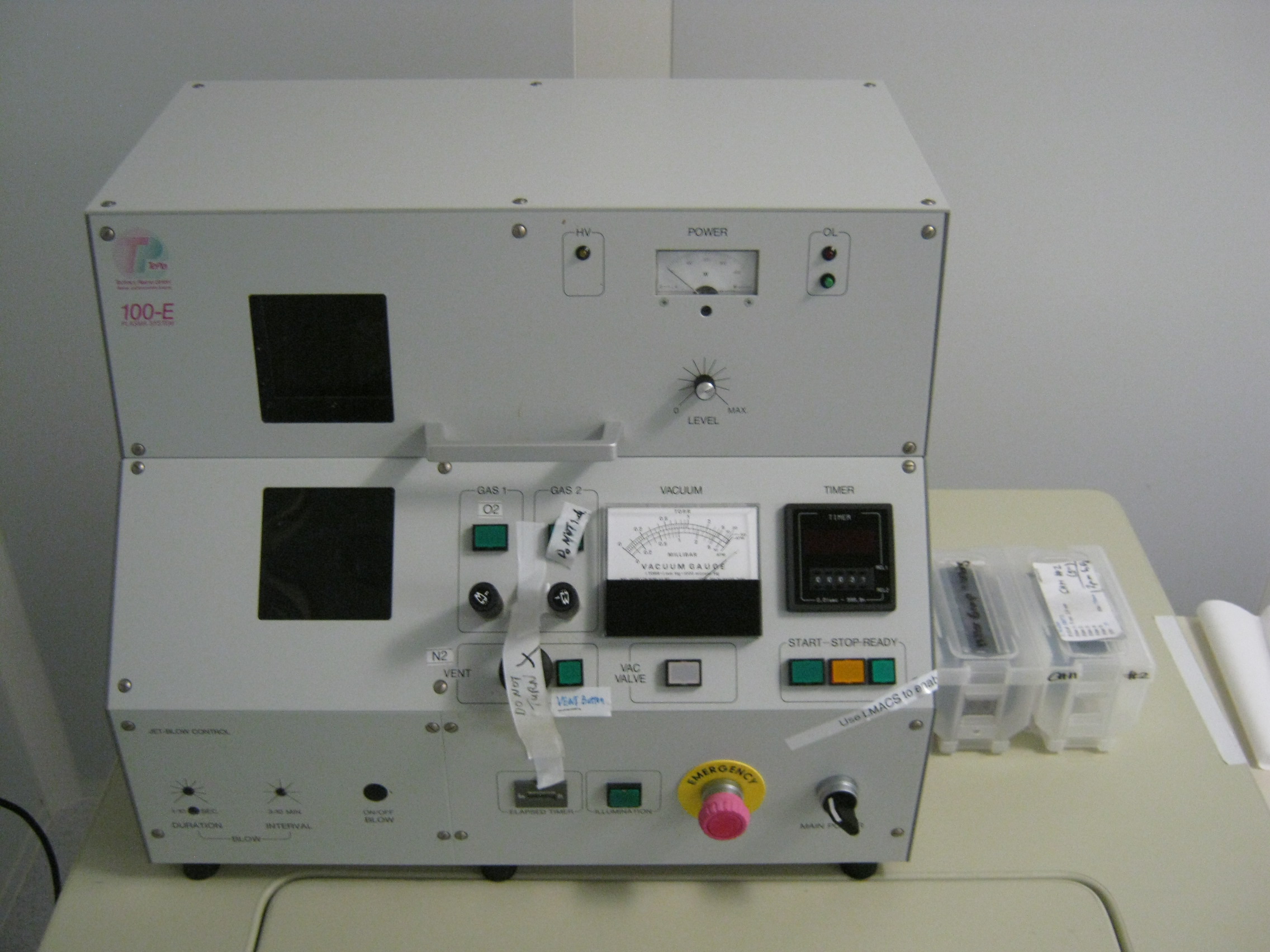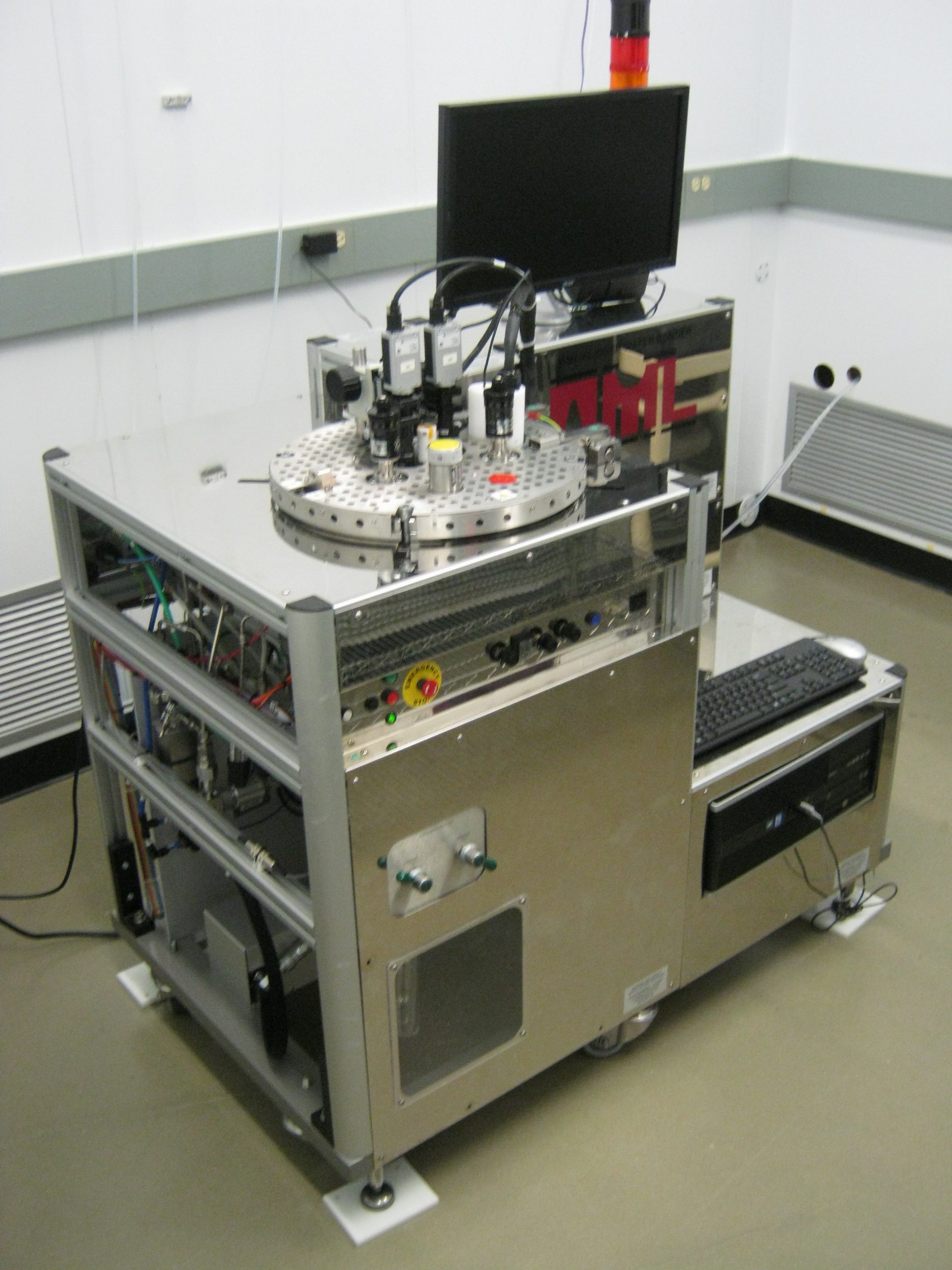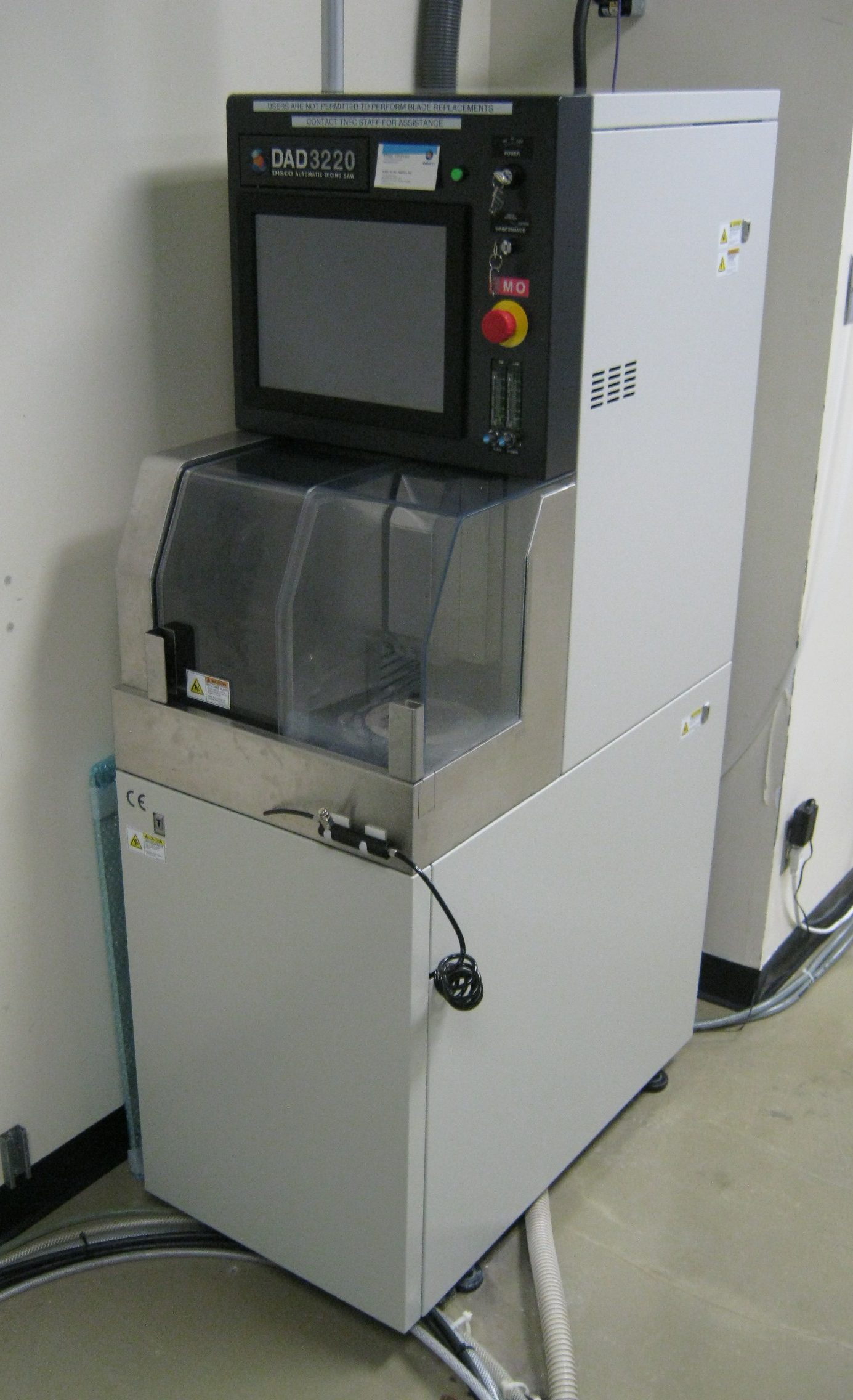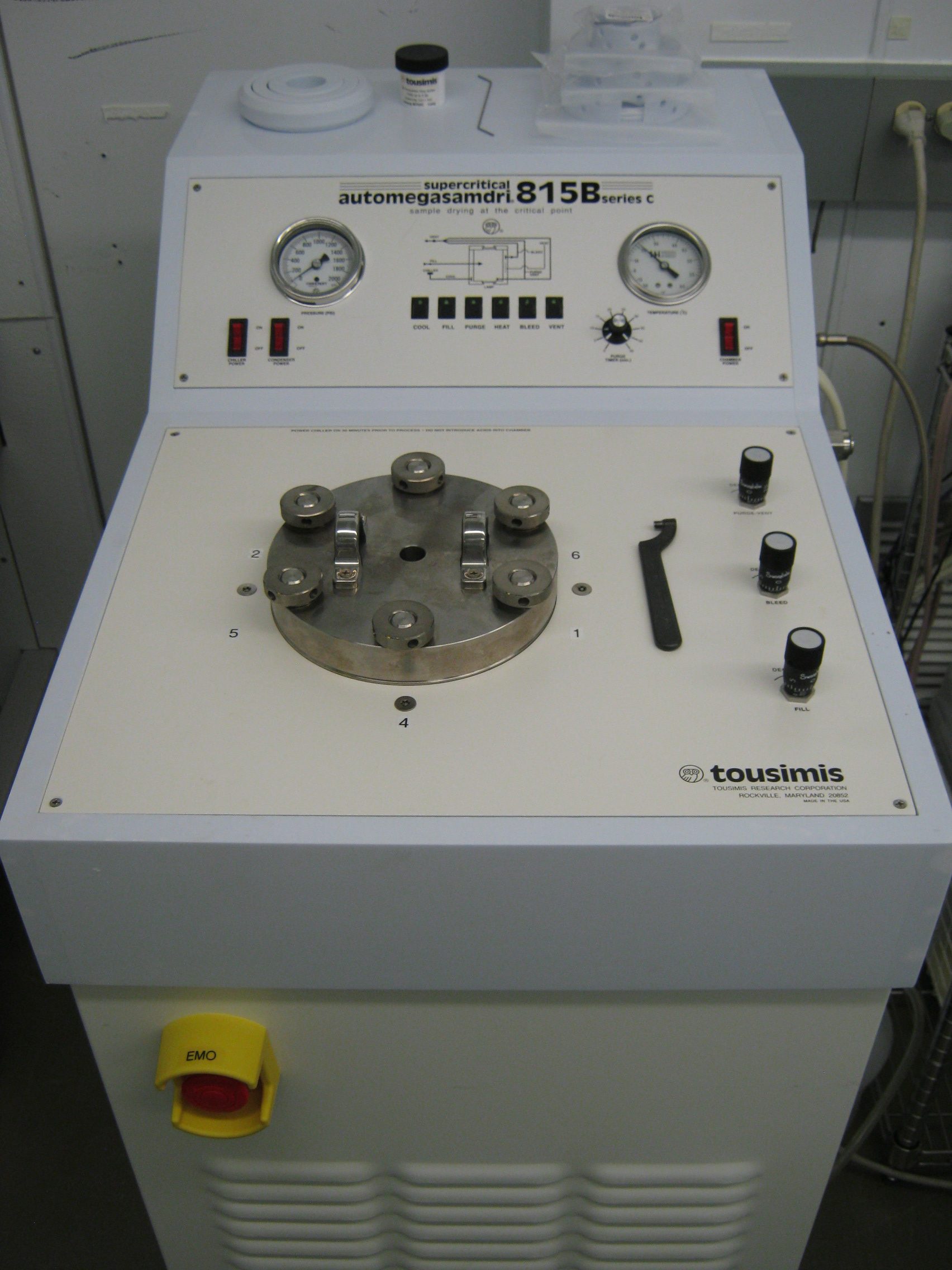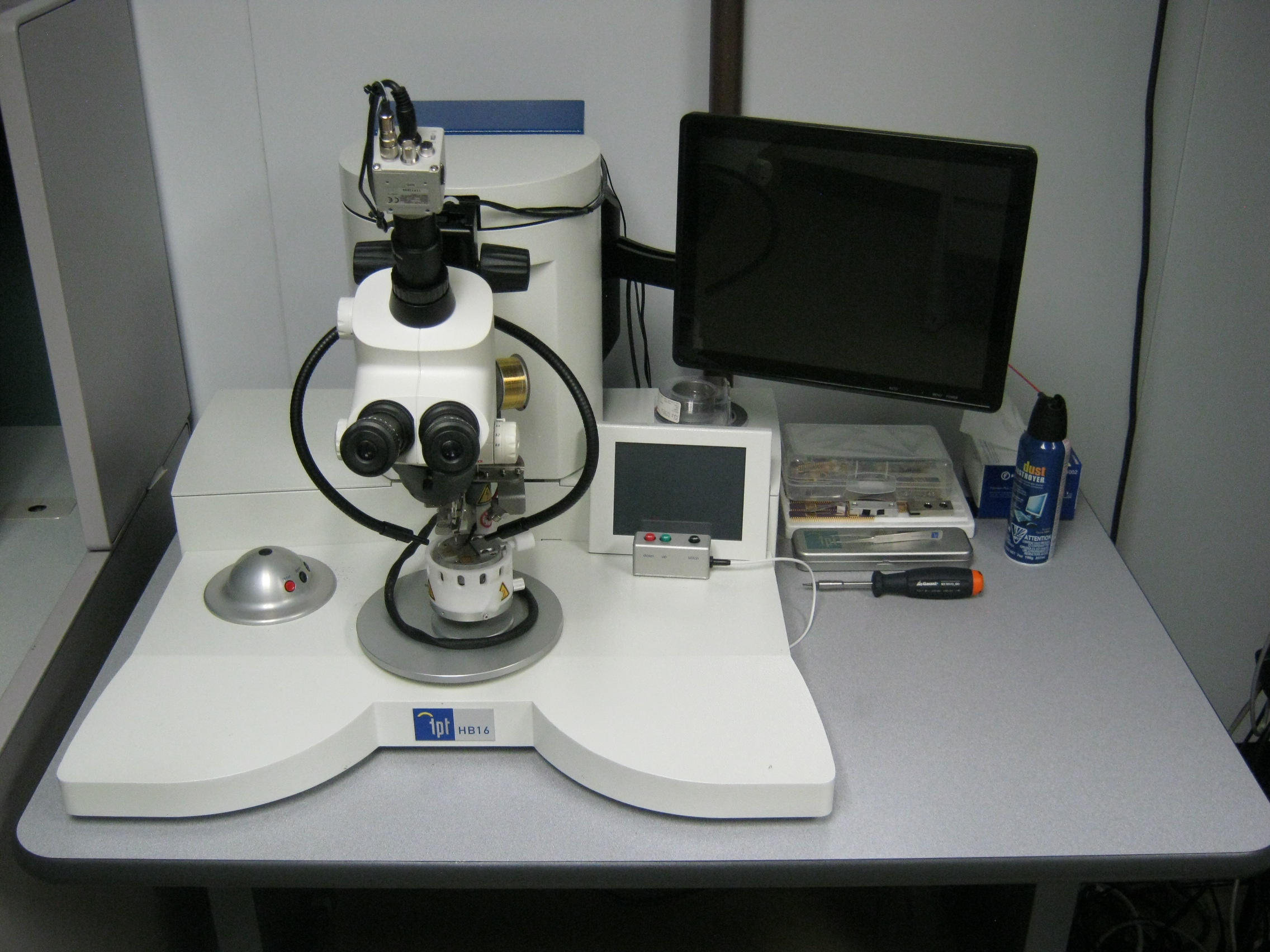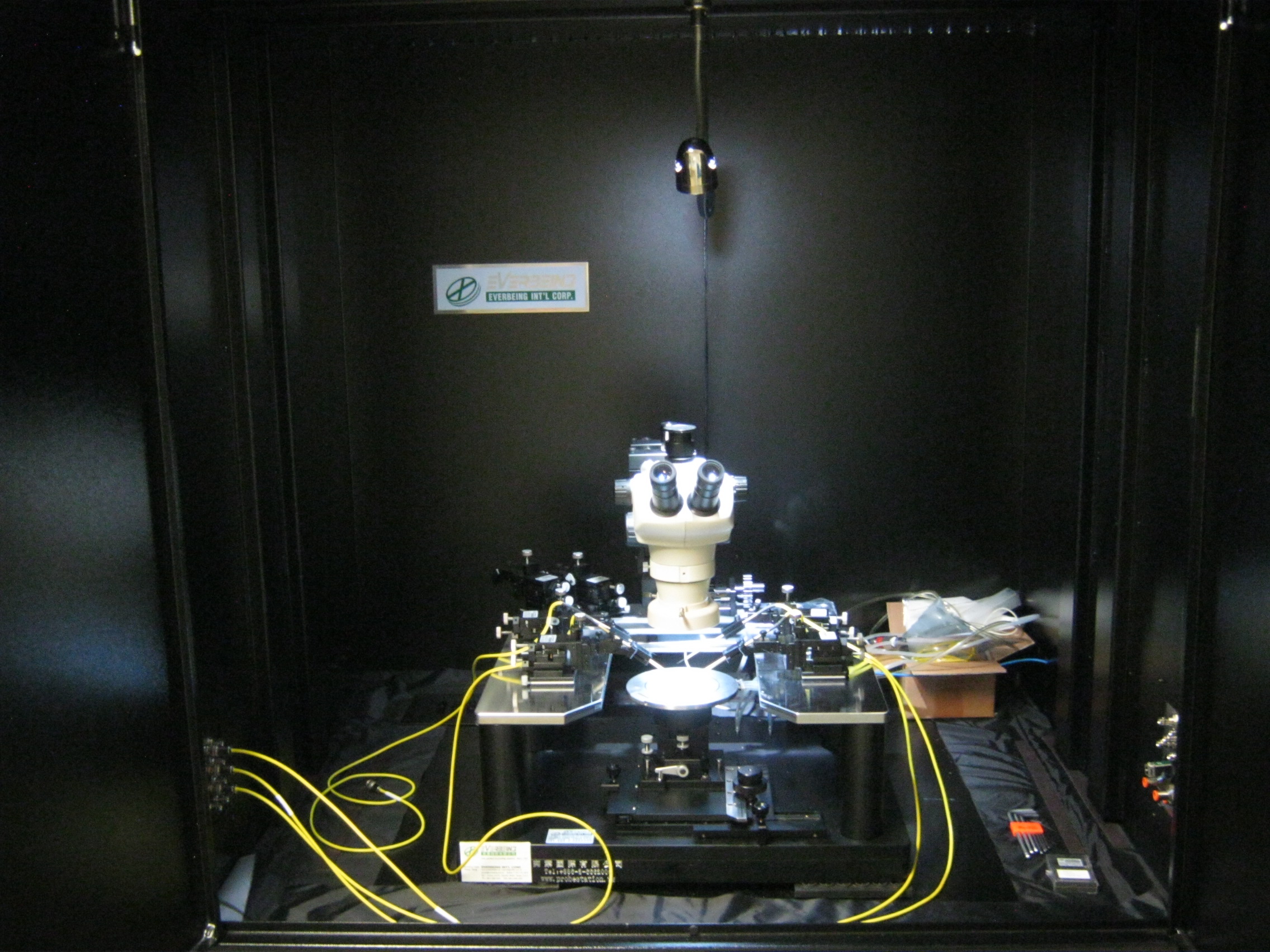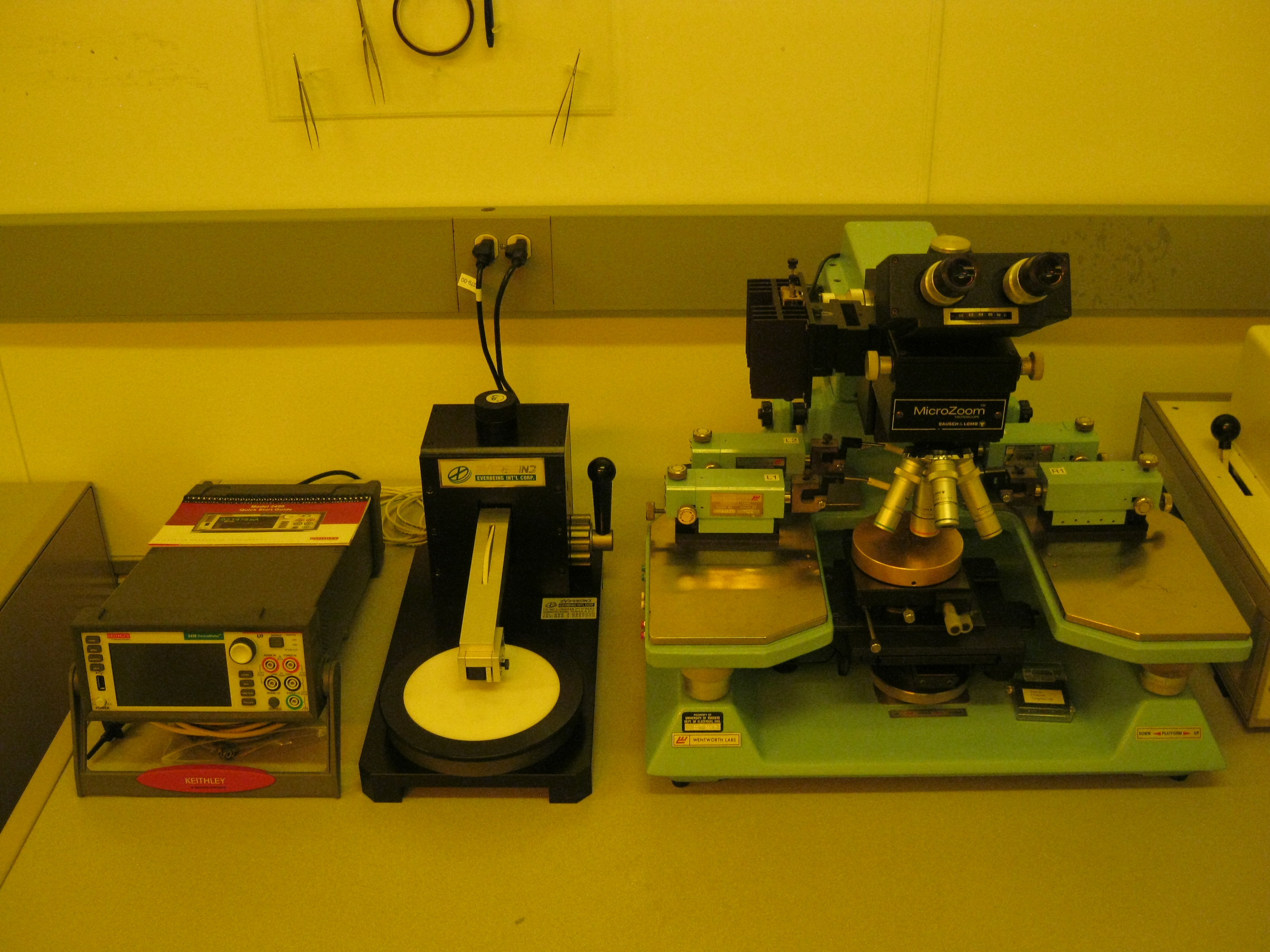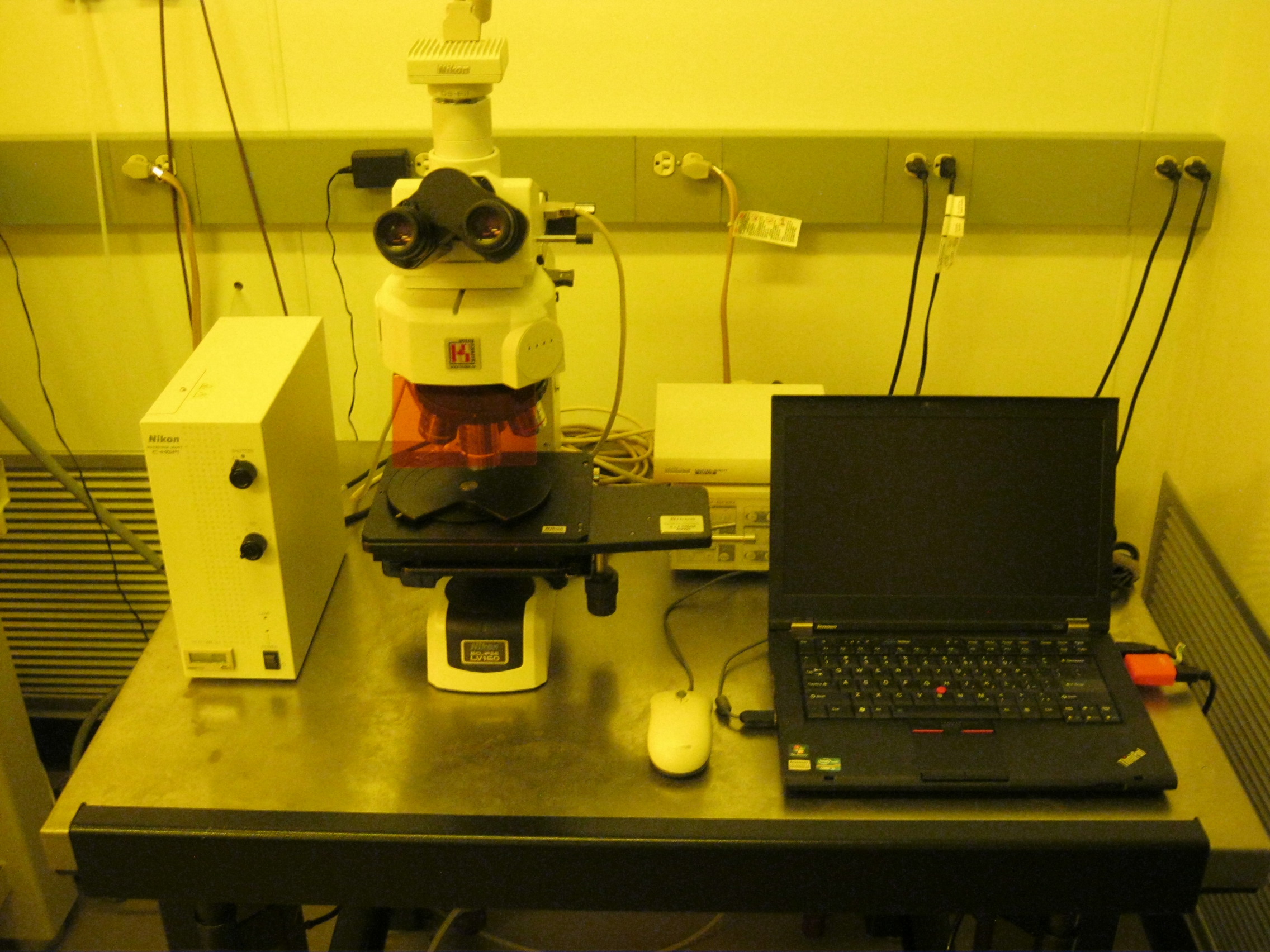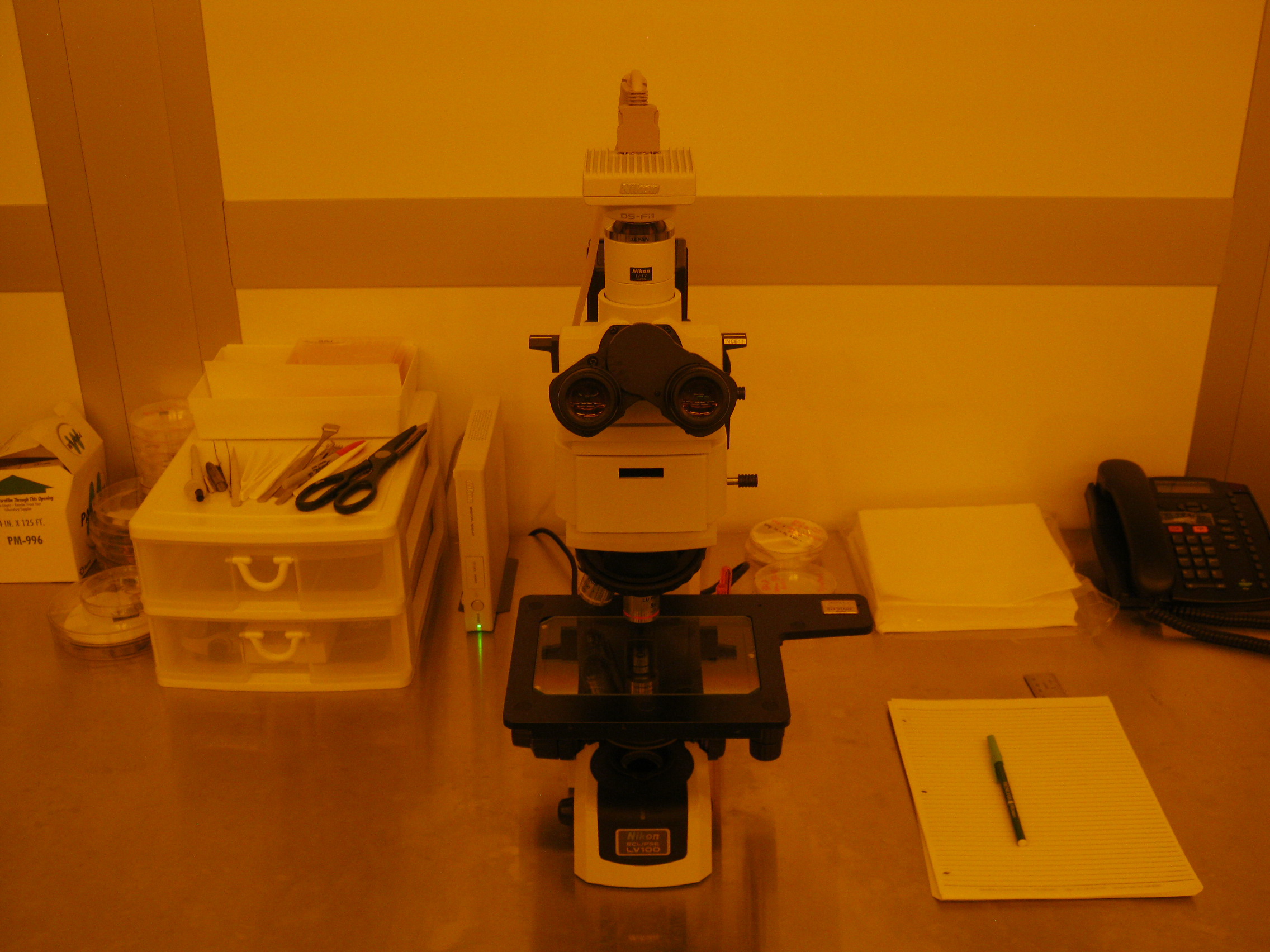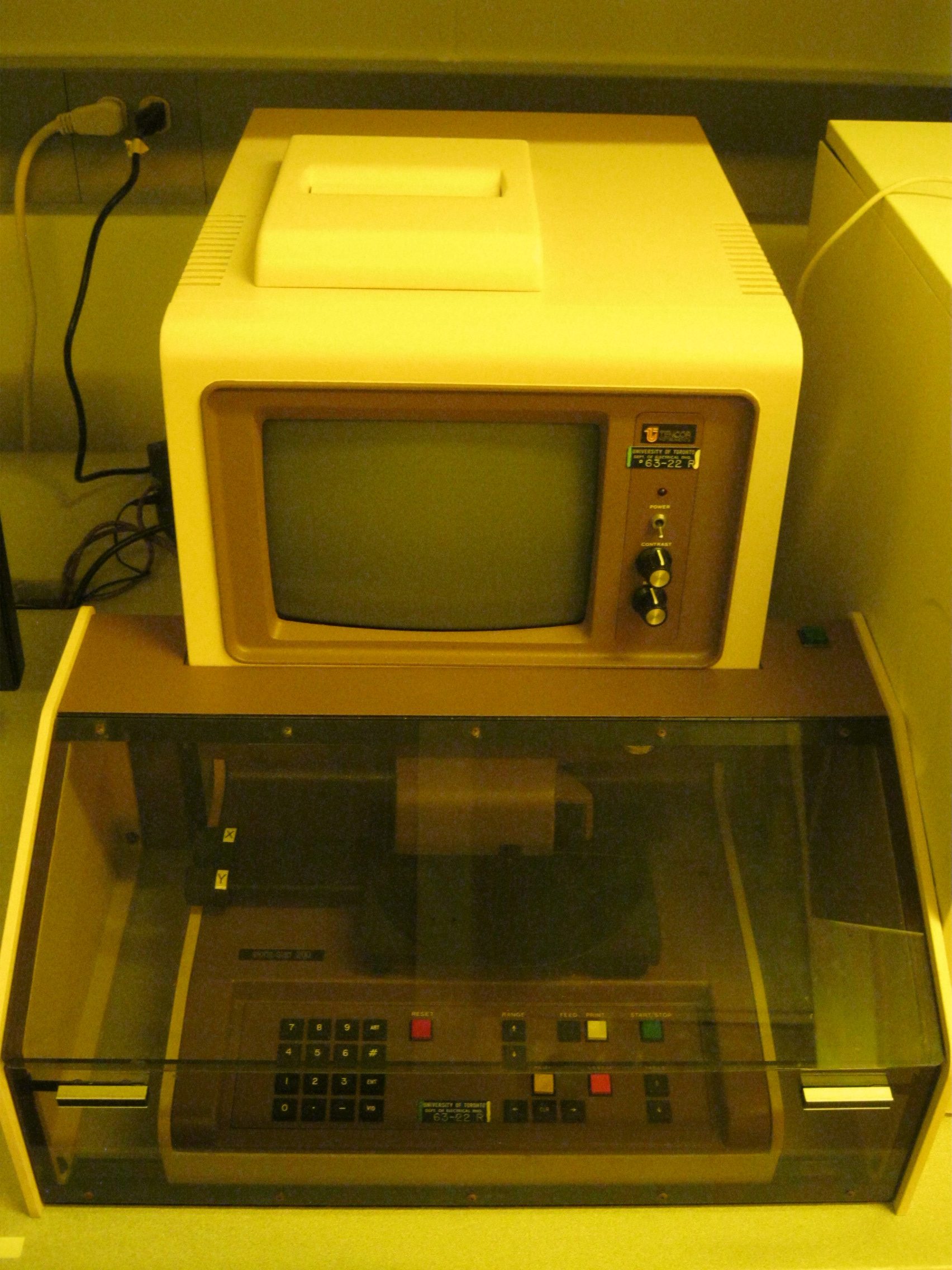Equipment Capabilities
Explore the equipment available for your use at the TNFC and learn about their capabilities. TNFC facilities are open to both academic and industrial researchers, making the centre an ideal choice for open-access prototype development and testing. Key research areas include: Microelectronics, Photonics, Integrated Optics and Nanomaterial Processing. With two facilities to serve you, the TNFC is Canada's premier hub for semiconductor research and education.
TNFC capabilities include:
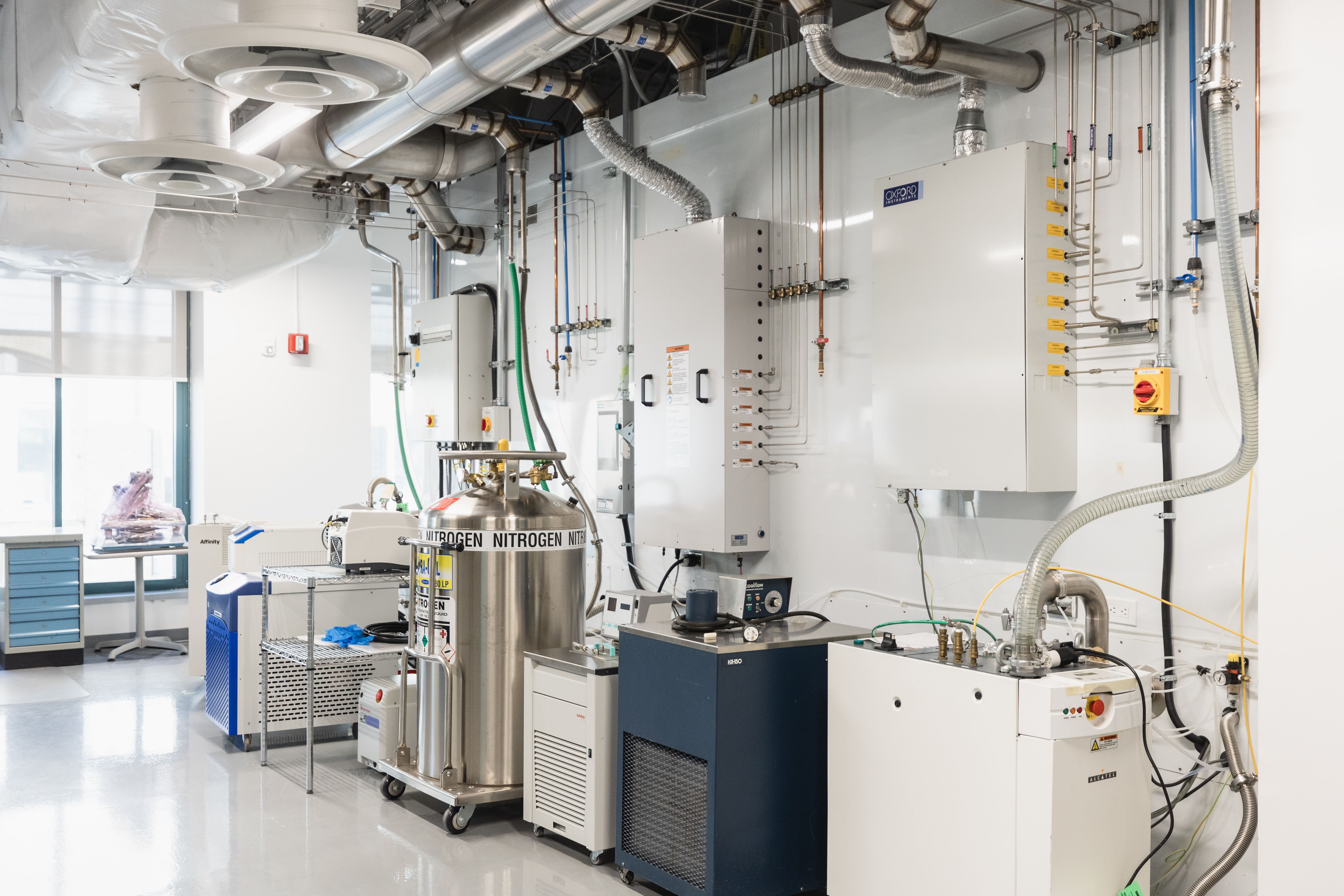
Electron Beam Lithography
Raith EBPG 5000+ Electron Beam Lithography System
The EBPG 5000+ is a state-of-the-art Gaussian beam vector scanning electron beam lithography system.
Lithography User Recipes
Photolithography
Suss MicroTec MA6/MA4 Mask Aligners
The MA6 and MA4 Mask Aligners use UV light to transfer patterns from photomasks onto substrates coated with photoresist.
Deposition
Oxford Instruments PlasmaLab System 100 PECVD
The PlasmaLab System 100 PECVD system is hosted by the Pratt Microfabrication Facility, and is configured to deposit high quality silicon dioxide, silicon nitride and silicon oxynitride films with thicknesses up to several microns via a plasma-assisted chemical reaction process.
Deposition User Recipes
Etching
Oxford Instruments PlasmaPro Estrelas100 DRIE System (Si)
The PlasmaPro Estrelas100 DRIE System is hosted by the Pratt Microfabrication Facility. The system is used to etch high aspect-ratio anisotropic etch cavities into silicon-based substrates.
Dicing & Packaging
AML AWB-04 Aligner Wafer Bonder
The AWB-04 Aligner Wafer Bonder is hosted by the Pratt Microfabrication Facility. This tool is used to seal and encapsulate MEMS/IC device structures and create 3D interconnects on wafer-level devices.
Imaging & Characterization
Probe Stations
Two probe stations are hosted by the Pratt Microfabrication Facility, including one probe station generously donated by Everbeing Int’l Corp.
